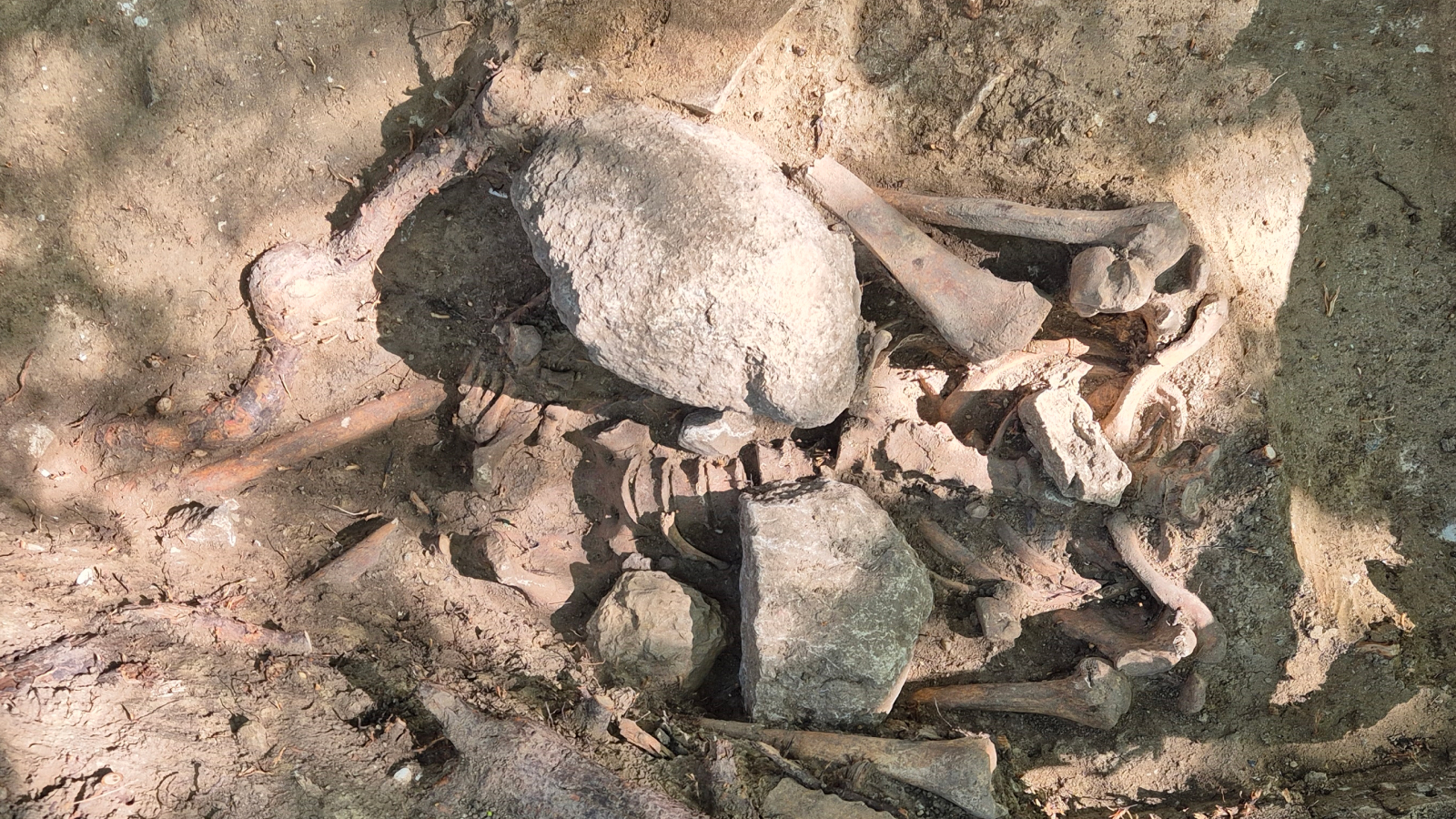Remote Sensing, Vol. 15, Pages 1543: How to Systematically Evaluate the Greenspace Exposure of Residential Communities? A 3-D Novel Perspective Using UAV Photogrammetry
Remote Sensing doi: 10.3390/rs15061543
Authors: Tianyu Xia Bing Zhao Zheng Xian Jinguang Zhang
The quantity and quality of green space (GS) exposure play an important role in urban residents’ physical and psychological health. However, the current framework for assessing GS quality is primarily based on 2-D remote sensing data and 2.5-D street-view images. Few studies have comprehensively evaluated residential community GSs from an overall 3-D perspective. This study proposes a novel systematic framework for evaluating the quantity and quality of residential GSs based on the generation of a high-resolution 3-D point cloud using Unmanned Aerial Vehicle (UAV)-digital aerial photogrammetry (DAP). Nine indices were proposed: green volume ratio, floor green volume index, green groups diversity index, vegetation diversity index, greenspace fragmentation, average vegetation colour distance, vegetation colour diversity, activity areas ratio, and green cohesion index of activity site. These metrics were calculated using the classified point clouds from four typical Chinese residential communities with different residential greenery types and population densities. The results showed that our method could quantitatively identify the differences in residential GS exposure within urban residential communities. For example, a residential community with a large plant distribution and rich greenery variations had higher greenspace volume ratio and vegetation diversity index values. Our findings suggest that this novel framework, employing cost-effective UAV-DAP, can clearly describe different GS attributes and characteristics, aiding decision-makers and urban planners in comprehensively implementing GS interventions to improve the residents’ quality of life.

 1 year ago
34
1 year ago
34


